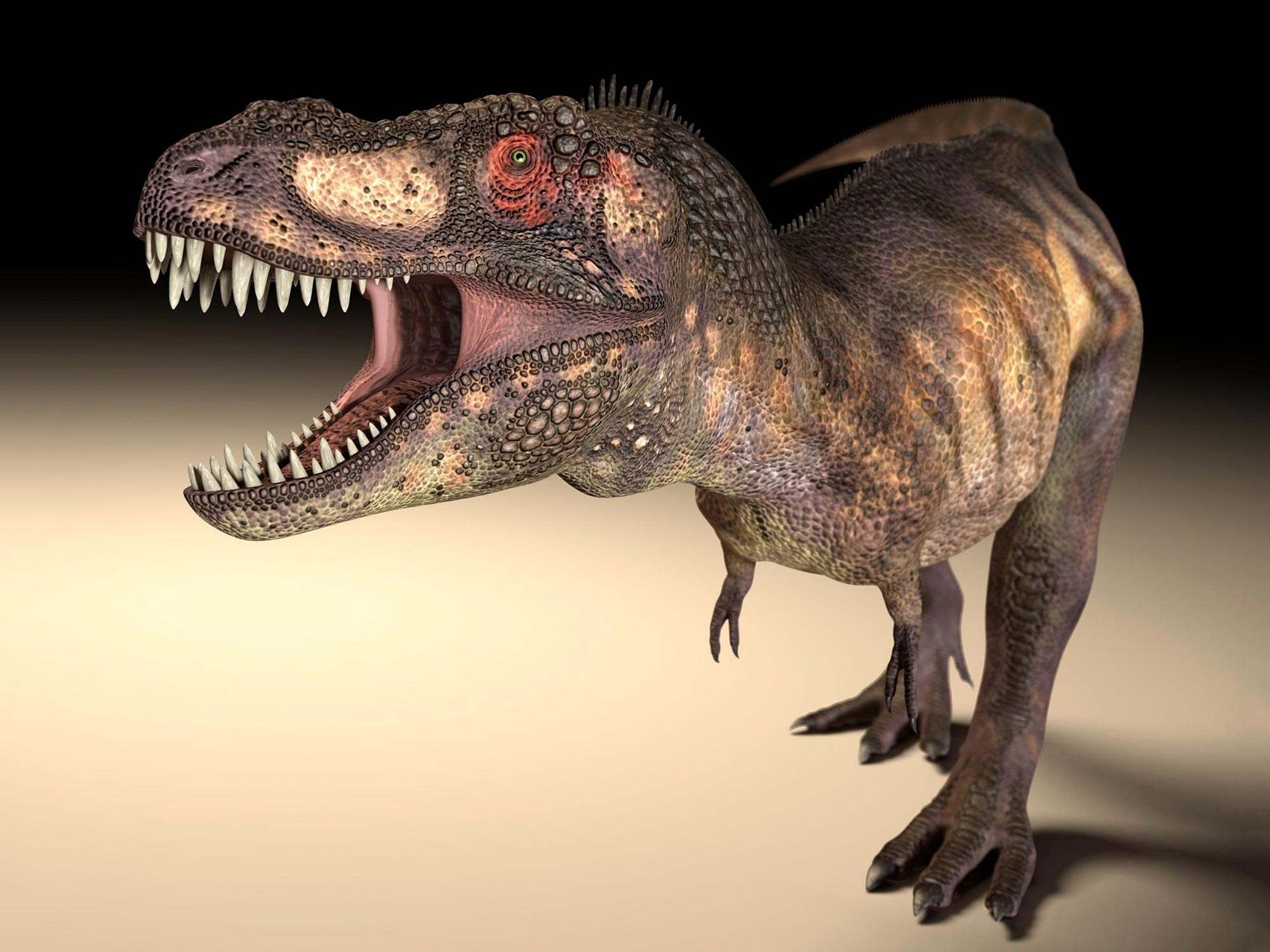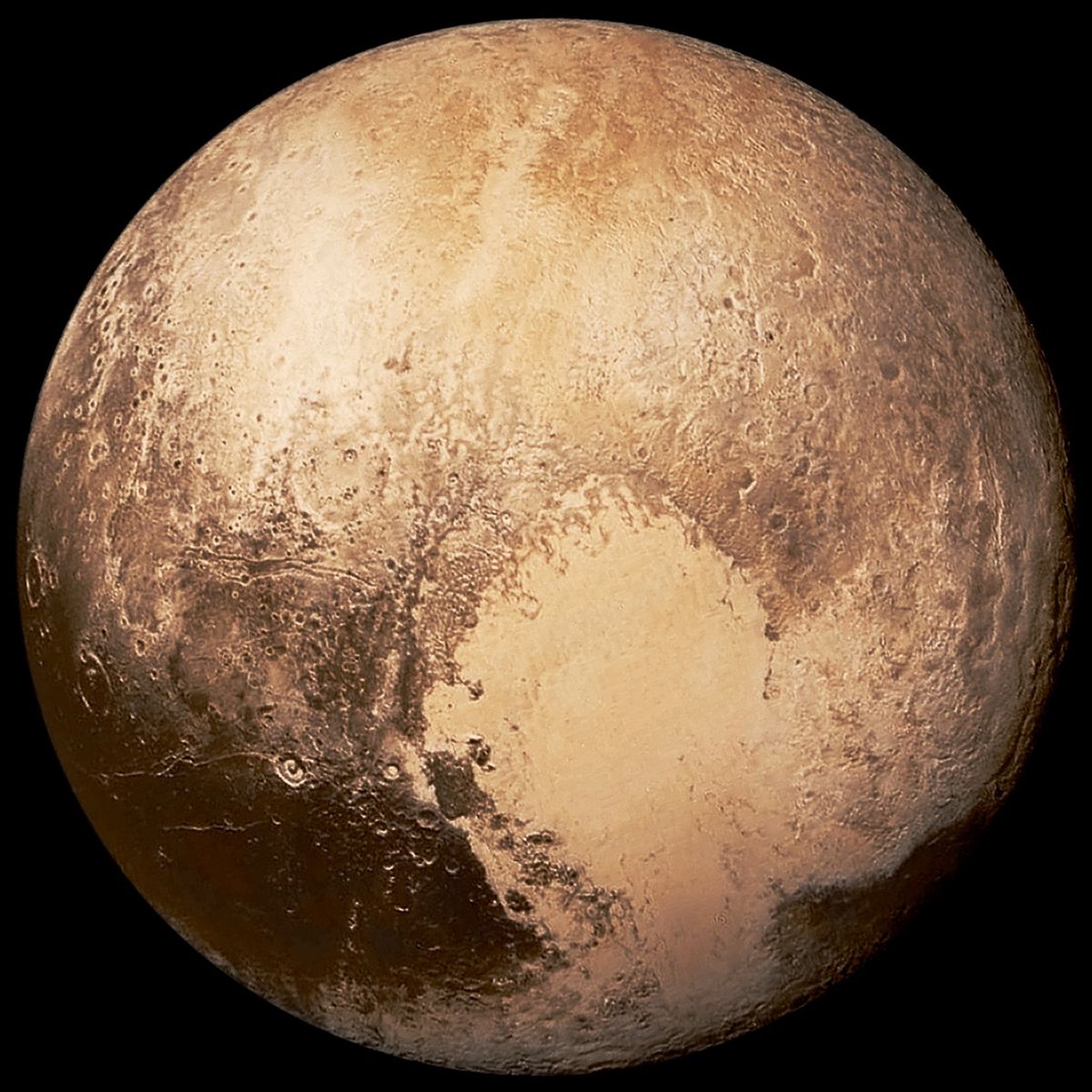أظهر بحث جديد أن الديناصورات الكبيرة المفترسة طورت أشكالًا مختلفة من تجاويف العين للتعامل بشكل أفضل مع قوى العض العالية.
وفقًا لبحث جديد ، فإن الديناصورات المفترسة الكبيرة مثل الديناصور ريكس لقد طوروا أشكالًا مختلفة من مآخذ العين للتعامل بشكل أفضل مع قوى العض العالية.
بينما في العديد من الحيوانات ، بما في ذلك معظم الديناصورات ، يكون تجويف العين مجرد ثقب دائري في الجمجمة يحتوي على مقلة العين ، وهو مختلف تمامًا في الحيوانات آكلة اللحوم الكبيرة.
كشفت دراسة جديدة كيف يمكن أن تكون التجاويف البيضاوية أو البيضاوية غير العادية الموجودة في جماجم هذه الحيوانات المفترسة قد تطورت لمساعدة الجمجمة على امتصاص الصدمات عندما تنقض على الفريسة. هذا البحث الذي أجراه علماء من جامعة برمنجهامتم نشره اليوم (11 أغسطس 2022) في بيولوجيا الاتصالات.

إعادة بناء جمجمة الديناصور ريكس والحياة مع المدار والعين الأصليين (يسار) وإعادة بناء افتراضي مع مدار دائري وعين متضخمة (يمين). الائتمان: الدكتور ستيفان لوتنشلاغر ، جامعة برمنغهام
الدكتور ستيفان لوتينشلاجر ، محاضر في علم الأحياء القديمة في[{” attribute=””>University of Birmingham and author of the new study, analyzed the shape of the eye sockets of ca. 500 different dinosaurs and related species.
“The results show that only some dinosaurs had eye sockets that were elliptical or keyhole-shaped,” said Dr. Stephan Lautenschlager. “However, all of those were large, carnivorous dinosaurs with skull lengths of 1 m or more.”

Computer simulations of hypothetical dinosaur skulls. Colors indicate skull stress. High stresses occur in the skull with a round eye socket (top), lower stresses in a skull with a keyhole-shaped eye socket (bottom). Credit: Dr. Stephan Lautenschlager, University of Birmingham
Dr. Lautenschlager tested what purpose these unusual eye socket shapes could have by using computer simulations and stress analysis.
The results demonstrated that a skull with a circular eye socket was more prone to high stresses during biting. However, if these were replaced with other eye socket shapes stresses were significantly reduced. This allowed top predators, including Tyrannosaurus rex, to evolve high bite forces without compromising skull stability.
The study also showed that most plant-eating species and juvenile individuals retained a circular eye socket. Only large carnivores adopted other morphologies, such as elliptical, keyhole-shaped, or figure-of-eight-shaped eye sockets.

Skulls of different dinosaurs showing variation in eye socket shape (stippled outline). Credit: Dr. Stephan Lautenschlager, University of Birmingham
Dr. Lautenschlager added: “In these species, just the upper part of the eye socket was actually occupied by the eyeball. This also led to a relative reduction of eye size compared with skull size.”
The researchers also investigated what would have happened if eye size had increased at the same rate as skull length. In such a case, the eyes of Tyrannosaurus rex would have been up to 30 cm (12 inches) in diameter and weighed nearly 20 kg (44 pounds). This is instead of an estimated 13 cm (5 inches) and 2 kg (4.4 pounds).
Reference: “Functional and ecomorphological evolution of orbit shape in mesozoic archosaurs is driven by body size and diet” by Stephan Lautenschlager, 11 August 2022, Communications Biology.
DOI: 10.1038/s42003-022-03706-0

“هواة الإنترنت المتواضعين بشكل يثير الغضب. مثيري الشغب فخور. عاشق الويب. رجل أعمال. محامي الموسيقى الحائز على جوائز.”



:quality(70)/cloudfront-eu-central-1.images.arcpublishing.com/thenational/JWIJLELEMYBCUBOUL3J2S767LE.jpg)

